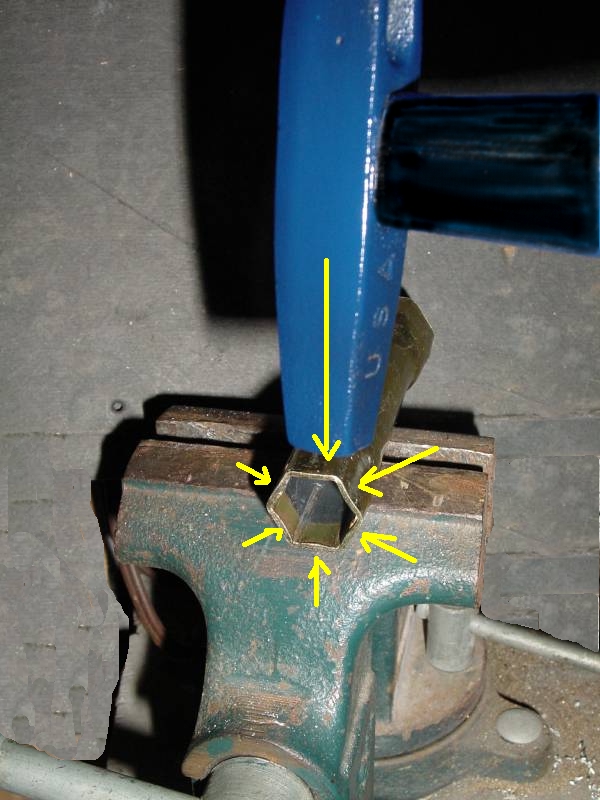

Non-operative therapies include bisphosphates, statins, prostaglandins, and hyperbaric oxygen. found that 67% of asymptomatic hips and 85% of symptomatic hips managed with observation progress to collapse. Observation may allow small asymptomatic lesions to spontaneously resolve, although most lesions will progress. (Table 1) Management options can be categorized into observation, non-operative treatment, and operative treatment. While there are several classification systems, the Ficat-Arlet staging is commonly used, with stages 0 through IIb considered precollapse, and stages III and IV considered collapsed. The preferred management of ONFH remains controversial and is largely dependent on the staging of the lesion. Finally, it is also common for cases to occur idiopathically with no identified risk factor. Overall, the most commonly implicated risk factors are corticosteroids, alcohol, and trauma. Indirect factors include corticosteroid use, excessive alcohol intake, certain metabolic syndromes, and smoking. Direct factors include fractures, dislocation, sickle cell disease, and radiation. There are numerous direct and indirect risk factors associated with the development of ONFH. Epidemiologically, patients in the 30’s to 40’s are commonly affected, resulting in a significant functional impairment in a relatively young population culminating in a loss of productivity for both the individual and society.

With an estimated annual volume of THA of 371,000, it is projected that roughly 37,000 cases of THA involve ONFH.

estimated the prevalence of total hip arthroplasty (THA) involving osteonecrosis to be between 8-12%. Osteonecrosis of the femoral head (ONFH) is a progressive disease caused by an interruption of blood flow to the femoral head that leads to collapse and the development of secondary arthritis. Arthroscopic-assisted management is a promising surgical approach that provides safe, accurate, and minimally invasive decompression, resulting in reliable results with an acceptable conversion rate to THA. To our knowledge, this is the longest reported follow-up of arthroscopic-assisted management of ONFH. ( p-value = 0.015) There were 0% major or minor complications. Ficat-Alret staging, especially Stage IIb, was significantly associated with conversion to THA. Upon further stratification, Stage I-100%, Stage IIa-75%, for a combined 87%, had not converted to THA, in contrast, 100% of hips categorized as Stage IIb had converted to THA. At final follow-up, 6 hips (54.5%) had not converted to THA. The most common concomitant pathology addressed at the time of arthroscopy, was labral repair/debridement-8 (73%), followed by microfracture-7 (64%). Four (36.4%) hips experienced mechanical issues, including locking, catching, and buckling. The Ficat-Alret classification found on preoperative imaging was Stage I-3 (27.2%), IIa-4 (36.4%), and IIb-4 (36.4%) hips. The mean patient follow-up was 7 years ☑.48 years (range, 64-118 months). ResultsĪ total cohort of 11 hips (8 patients) was identified.

All patients had atraumatic ONFH with a precollapse lesion and a minimum follow-up of 5 years. This was a retrospective cohort analysis. We hypothesis that arthroscopy is able to improve ONFH outcomes by achieving accurate and minimally invasive decompression while successfully addressing concomitant intraarticular pathologies resulting in reliable mid-term outcomes. Arthroscopic-assisted management of ONFH is a new and evolving approach for hip preservation. The preferred management of ONFH remains controversial. Osteonecrosis of the femoral head (ONFH) is a progressive disease that leads to collapse and the development of secondary arthritis.


 0 kommentar(er)
0 kommentar(er)
